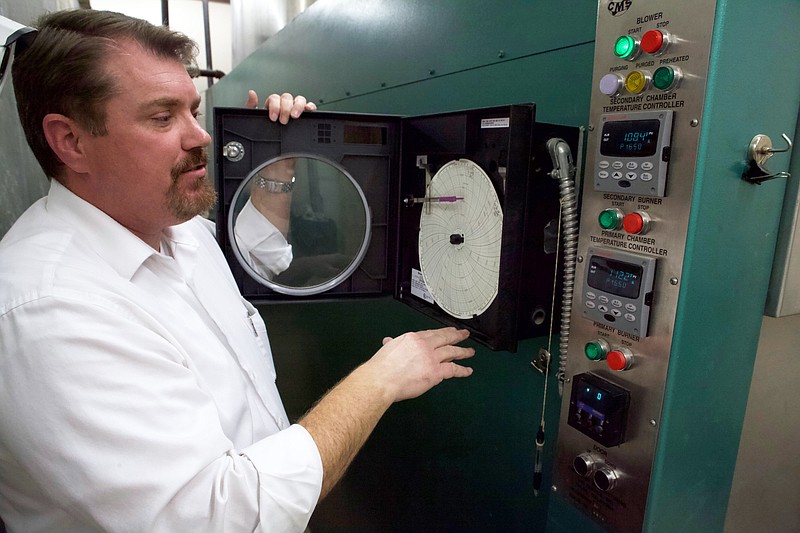Editor's note: This article is part of "Religion: Got questions?," a series answering your biggest religious questions. Each week, we will answer one submitted faith question. To send a submission visit timesfreepress.com/religionquestions or email wmassey@timesfreepress.com.
Question: Cremation covers what percent of the funerals these days? How does that compare with the number of cremations 10 years ago? If cremation is growing, why?
The national trend of more people choosing cremation is also local. At Covenant Funeral & Crematory, more than 60% of the funerals they do are cremations, said Walter Crox Jr., funeral director.
The funeral home near Highway 58 installed its own crematory in 2012, Crox said, but it saw an increase in demand much earlier than that. Since 2003, the cremation rate in the United States has risen from 29.6% to 53.1%, according to the Cremation Association of North America. The rate is projected to be nearly 80% by 2040, according to the National Funeral Directors Association.
According to the funeral directors association, the cost of funerals is a driving factor. Nearly 60% of families shop around in deciding which funeral home they will use. In 2019, the median cost of a funeral with a metal casket and no vault is more than $7,500. While cheaper, the median cost with a cremation casket and urn this year was $6,645, according to the association.
(READ MORE: Is cremation against my religion? That depends.)
The cremation process takes around five hours, Crox said. The crematory must be cleared, then preheated to 1600 degrees before a body is put in. On average, a body needs a minute in the crematory for each pound of body weight, he said. The ashes are then cooled and cleaned of any metal, such as hip replacements, before being put in an urn.
Compared to the traditional funeral process - with embalming, planning and holding the ceremony - cremation may be more hands-on but is not necessarily quicker, Crox said.
"The workload is about the same," he said. "It's just a bit different."
The cremation trend goes against several religious traditions. Historically, Christians rejected the idea of burning a dead body at the time cremation gained public influence in the 1860s and 1870s.
Protestant churches began accepting cremation in the 1940s. The Roman Catholic Church forbid it before changing its rules in 1963. However, the church still says burial is preferable. Buddhists and Hindus have been cremated for centuries. Judaism, Islam and the Orthodox Christian Church are opposed to cremation. The Church of Jesus Christ of Latter-day Saints advises against the practice because nothing should be done that destroys the body.
From the reporter
I became a journalist to help people see people as people. But highlighting the human side of every policy decision, and how it is affecting your community, takes time as well as support from readers. If you believe in telling the stories of people in your community, please subscribe to the Times Free Press today. Contact me at wmassey@timesfreepress.com or 423-757-6249. Find me on Twitter at @News4Mass.
